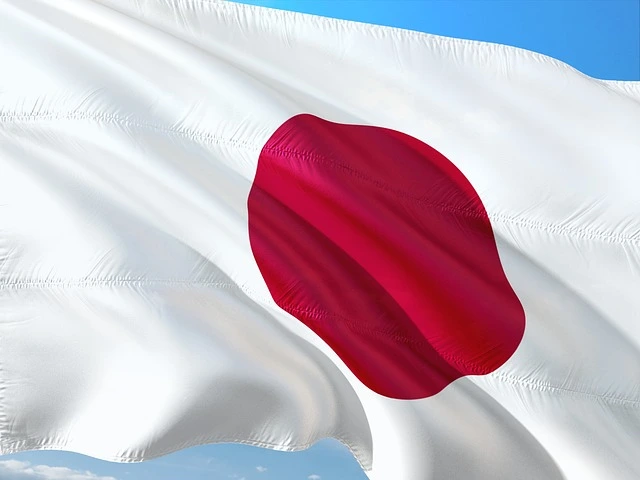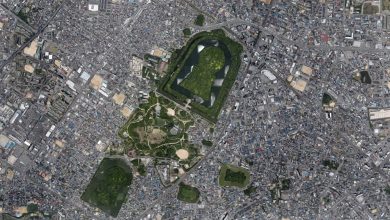Why do Chinese and Koreans dislike Japanese whom rest of the world admires?

There are enough examples in the world of neighboring peoples treating each other with contempt. In the East, to this day, there is a fascinating confrontation. The Japanese believe that there is only one culture: Japanese.
Meanwhile, the Chinese are primitive barbarians to them, while the Koreans are actually Chinese who aspire to resemble the Japanese. And while the West is delighted with the highly developed Land of the Rising Sun, the Chinese and Koreans hate their neighbors in the truest sense of the word, and here’s why.
Enslavement of the Chinese and misunderstandings with the Koreans
Until the end of the 19th century, the Japanese, who are prosperous today, absorbed the Chinese experience: religion, writing, architecture. But when the Celestial Empire began to cede war after war to the Europeans, Japan switched to borrowing European civilization.
When China was defeated in the Sino-Japanese War of 1894-1895, the countries switched roles. Now Chinese intellectuals were studying in Japan. The Tongmenghui society formed in Tokyo became the engine of the Xinhai Revolution in 1912.
But with the outbreak of civil war anarchy in China in 1931, the Japanese captured Manchuria, announcing the creation of the puppet state of Manchukuo. By 1936, the militarists in the Japanese elite had finally won. Relations with the Koreans followed a similar pattern.
At the dawn of the 20th century, Japan was unceremonious about its colonies, which included Korea, from 1910 to 1945. On the one hand, the Japanese invaders provided skilled specialists and engineers who left Korea with a stable economy and a successful educational system.
But this fact does not cover the draconian methods of rule and harsh crackdowns on dissenters. By eradicating a neighbor’s traditional culture, the Japanese have harbored resentment for centuries in the minds of Koreans, for whom nationalism is the foundation of the state ideology.
World War II Attack and Chemical Weapons
World War II formed the hatred between the Chinese and the Japanese. In China, those steps taken by the Japanese troops from 1937 to 1945 considered genocide. According to Chinese historians, during this period, at the hands of the Imperial Army, at least 7 million military and more than 17 million civilians died.
The Nanjing Massacre is considered one of the most terrible episodes. When advancing on the Chinese capital of Nanjing, the Japanese allowed themselves real atrocities. On entering defenseless cities, they competed in the number of massacres, which were widely reported in the Japanese newspapers.
Chinese historians call what happened a little later in Nanjing itself systematic extermination. At that time, all men of conscription age in the city were killed in a matter of days. The exact number of victims is unknown, but the Chinese cite horrifying figures of up to half a million people.
Another indelible “feat” was chemical weapons. China had a Department of Epidemic Prevention, which, among other things, was engaged in research in this area. The Japanese military deliberately spread cholera, smallpox and typhus among the people, poisoning them with gases and testing medical drugs on them.
Local civilians and captive soldiers served as subjects for progressive Japanese scientists. The latter had practically no chance of survival. Suffice it to state one figure: after the surrender of the Japanese, only 56 Chinese prisoners were released from the camps.
As a test, the Japanese dropped flea-infested ceramic bombs on Chinese positions. But more often than not, Japanese aircraft carried out large-scale bombing raids using incendiary shells. From 1938 to 1943, Japanese aircraft carried out at least 5,000 raids in densely populated Chinese cities.
The Japanese infantry acted according to the strategy of General Okamura “Sanko Sakusen”, which is interpreted as “burn everything, kill everything, rob everything.” The Japanese took crops, demolished villages and forcibly drove the Chinese to sapper work, cracking down on anyone suspicious. Historians admit that 2.5 million people became victims of Okamura’s ideas.
In 1935, Detachment 731 appeared, formed on the basis of the Japanese Kwantung Army. The purpose of this unit was the development of biological weapons, and tests were traditionally carried out on civilians.
The “detachment” worked until the very end of the war, but the Japanese military simply did not have time to use new weapons against the Americans.
Moreover, the Japanese command was preparing to use biological weapons against the American landing, not even taking into account the civilian population of Japan itself. It was planned that the army and senior leadership would be evacuated to Manchuria – to an alternate airfield.
“Comfort Stations”
In addition to the massacres of civilians, the Japanese authorities are involved in another war crime against their neighbors – the creation of a large network of soldiers’ brothels. Violence against women in the captured Chinese villages was a common practice. But from the moment the so-called “comfort stations” were created, the weaker half was also taken away with them, making them prisoners of brothels.
The Japanese command made the decision to create such places in 1932, justifying their necessity by the decision to reduce anti-Japanese sentiment due to indiscriminate rape, concern for soldiers’ health and the prevention of venereal diseases in the army.
The first “stations” appeared in Chinese Manchuria and later opened in all the occupied territories – in the Philippines and Borneo, Burma and Korea, Malaysia and Vietnam. In total, several hundred thousand women passed through the brothels, a significant part of which were minors.
By the end of the war, only a quarter of them were survivors. They were humiliated morally and physically and poisoned with antibiotics. There was also a daily service plan: at first – 29 “clients”, and later – 40. Today’s Japanese authorities deny these facts,
By the end of the war, only a quarter of them had survived. They were mentally and physically humiliated and poisoned with antibiotics. There was also a daily schedule of service: at first, 29 “clients,” later 40. Today’s Japanese authorities deny these facts, although until recently, they talked about the voluntary prostitution of Chinese women during the war years.




